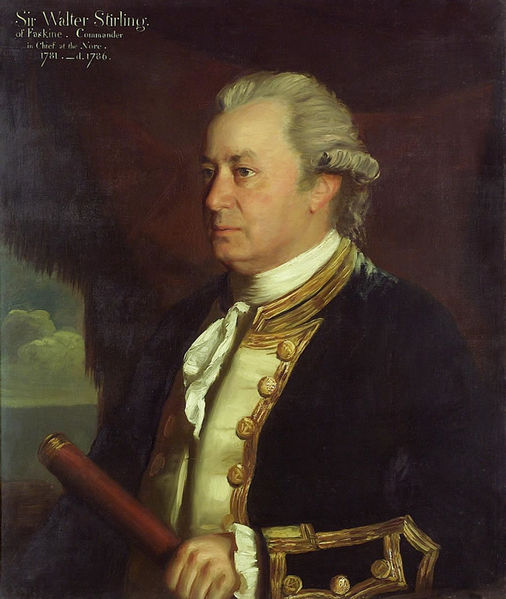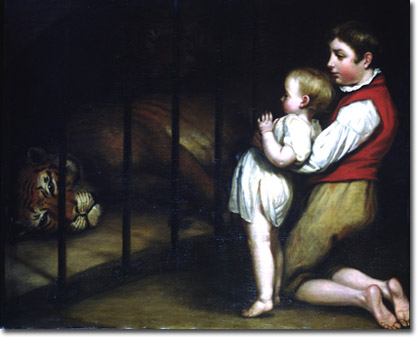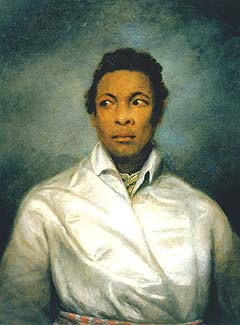James Northcote (1746 – 1831)
Get a Northcote Certificate of Authenticity for your painting (COA) for your Northcote drawing.
For all your Northcote artworks you need a Certificate of Authenticity (COA) in order to sell, to insure or to donate for a tax deduction.
Getting a Northcote Certificate of Authenticity (COA) is easy. Just send us photos and dimensions and tell us what you know about the origin or history of your Northcote painting or drawing.
If you want to sell your Northcote painting or drawing use our selling services. We offer Northcote selling help, selling advice, private treaty sales and full brokerage.
We have been authenticating Northcote and issuing certificates of authenticity since 2002. We are recognized Northcote experts and Northcote certified appraisers. We issue COAs and appraisals for all Northcote artworks.
Our Northcote paintings and drawings authentications are accepted and respected worldwide.
Each COA is backed by in-depth research and analysis authentication reports.
The Northcote certificates of authenticity we issue are based on solid, reliable and fully referenced art investigations, authentication research, analytical work and forensic studies.
We are available to examine your Northcote painting or drawing anywhere in the world.
You will generally receive your certificates of authenticity and authentication report within two weeks. Some complicated cases with difficult to research Northcote paintings or drawings take longer.
Our clients include Northcote collectors, investors, tax authorities, insurance adjusters, appraisers, valuers, auctioneers, Federal agencies and many law firms.
We perform James Northcote art authentication. appraisal, certificates of authenticity (COA), analysis, research, scientific tests, full art authentications. We will help you sell your James Northcote or we will sell it for you.

James Northcote was an English painter. He was born at Plymouth, and was apprenticed to his father, a poor watchmaker. In his spare time, he drew and painted. In 1769 he left his father and set up as a portrait painter. Four years later he went to London and was admitted as a pupil into the studio and house of Sir Joshua Reynolds. At the same time he attended the Royal Academy schools.

In 1775 he left Reynolds, and about two years later, having made some money by portrait painting back in Devon, he went to study in Italy. On his return to England, three years later, he revisited his native county, then settled in London, where John Opie and Henry Fuseli were his rivals. He was elected associate of the Academy in 1786, and full academician in the following spring. The “Young Princes murdered in the Tower,” his first important work on a historical subject, dates from 1786, and it was followed by the “Burial of the Princes in the Tower”. Both paintings, along with seven others, were intended for Boydell’s Shakespeare gallery. The “Death of Wat Tyler”, now in the Guildhall, London, was exhibited in 1787; and shortly afterwards Northcote began a set of ten subjects, entitled “The Modest Girl and the Wanton”, which were completed and engraved in 1796. Among the productions of Northcote’s later years are the “Entombment” and the “Agony in the Garden,” besides many portraits, and several animal subjects, such as “Leopards”, “Dog and Heron”, and “Lion”; these were more successful than the artist’s efforts in the higher departments of art, as was indicated by Fuseli’s caustic remark on examining the “Angel opposing Balaam” –“Northcote, you are an angel at an ass, but an ass at an angel.” Northcote’s works number about two thousand, and he made a fortune of £40,000.

Northcote also sought fame as an author, and his first essays were contributions to the Artist, edited by Prince Hoare. In 1813 he embodied his recollections of his old master in a Life of Reynolds. His Fables–the first series published in 1828, the second posthumously in 1833–were illustrated with woodcuts by Harvey from Northcote’s own designs. In the production of his Life of Titian, his last work, which appeared in 1830, he was assisted by William Hazlitt, who previously, in 1826, had given to the public in the New Monthly Magazine his recollections of Northcote’s pungent and cynical “conversations”, causing some problems for the painter and his friends.

Still wondering about a British painting in your family collection? Contact us…it could be by James Northcote.
Reviews
1,217 global ratings
5 Star
4 Star
3 Star
2 Star
1 Star
Your evaluation is very important to us. Thank you.
